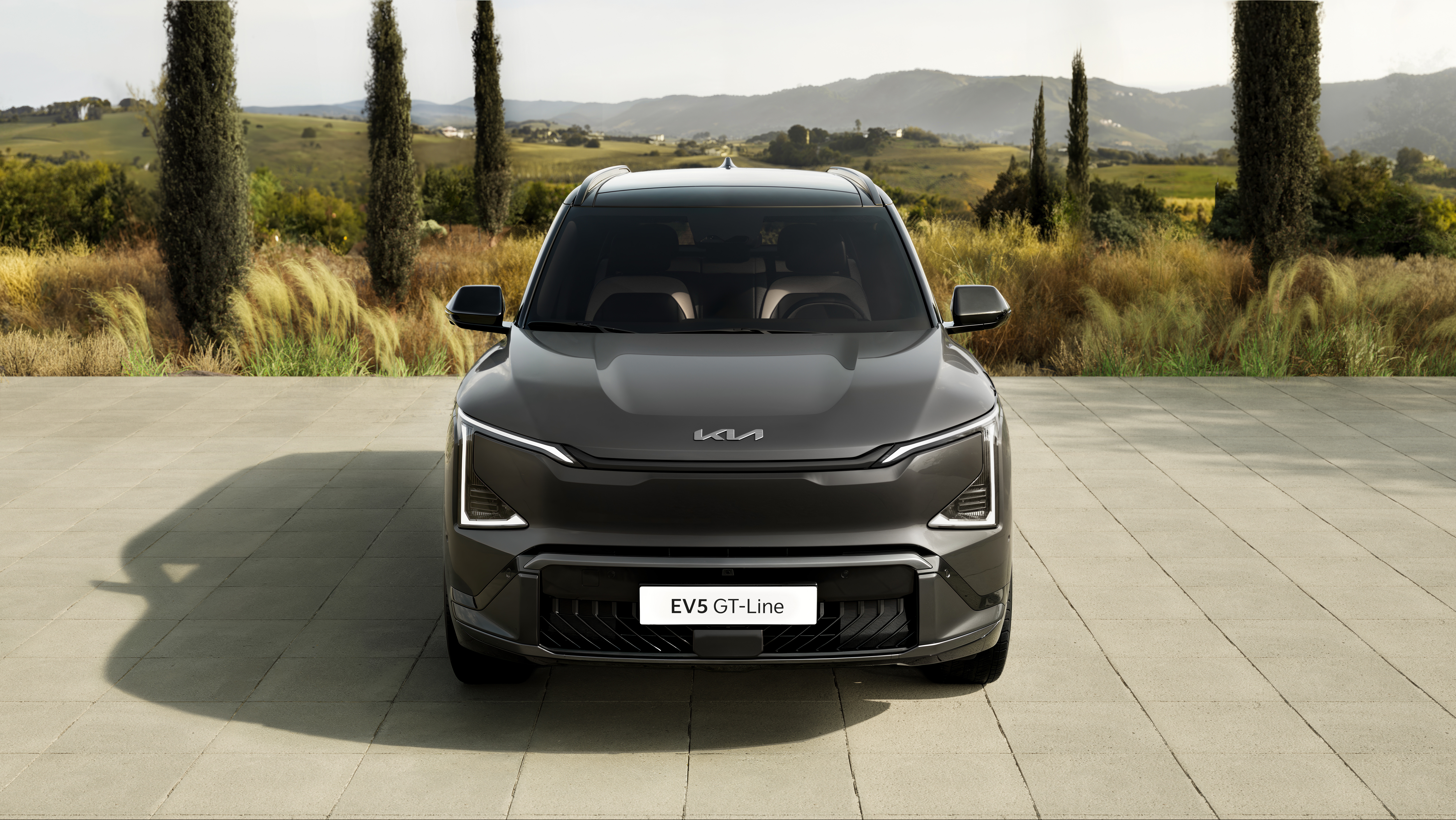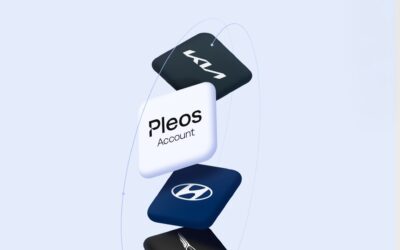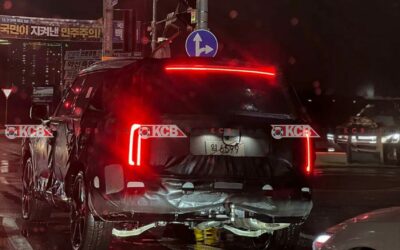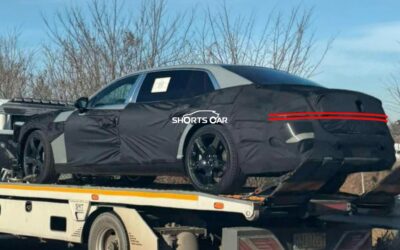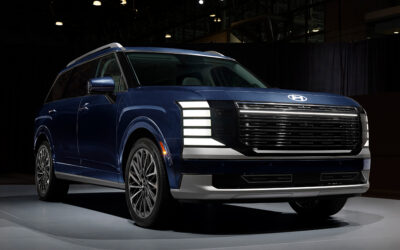Kia Corporation’s recent announcement that it will equip the upcoming EV5 SUV for the South Korean market with Chinese CATL batteries has triggered growing concerns among industry observers and consumers alike. As the compact electric SUV is set to debut in September, this controversial decision could jeopardize the EV5’s sales potential in a safety-conscious domestic market.
CATL Batteries Chosen Over BYD and Korean Alternatives
According to battery industry sources on July 17, Kia had initially tested BYD’s lithium iron phosphate (LFP) batteries, which are used in the Chinese-market EV5, aiming to keep costs low and appeal to the value-for-money EV segment. However, after performance evaluations, Kia ultimately rejected BYD’s battery option, citing unsuitability for the Korean market.
Instead, the automaker opted for a nickel cobalt manganese (NCM) battery from China’s CATL (Contemporary Amperex Technology Co. Limited). While CATL’s NCM batteries are more costly than BYD’s LFP units, they are reportedly cheaper than those from Korea’s “big three”—LG Energy Solution, Samsung SDI, and SK On—yet deliver robust performance.
This marks the fourth time Kia has chosen CATL batteries for its EV lineup, following the Niro EV, Ray EV, and PV5. Hyundai Motor Co. has also previously used CATL batteries in its Kona EV. However, the move to use CATL for the domestic EV5 may prove riskier than previous applications.
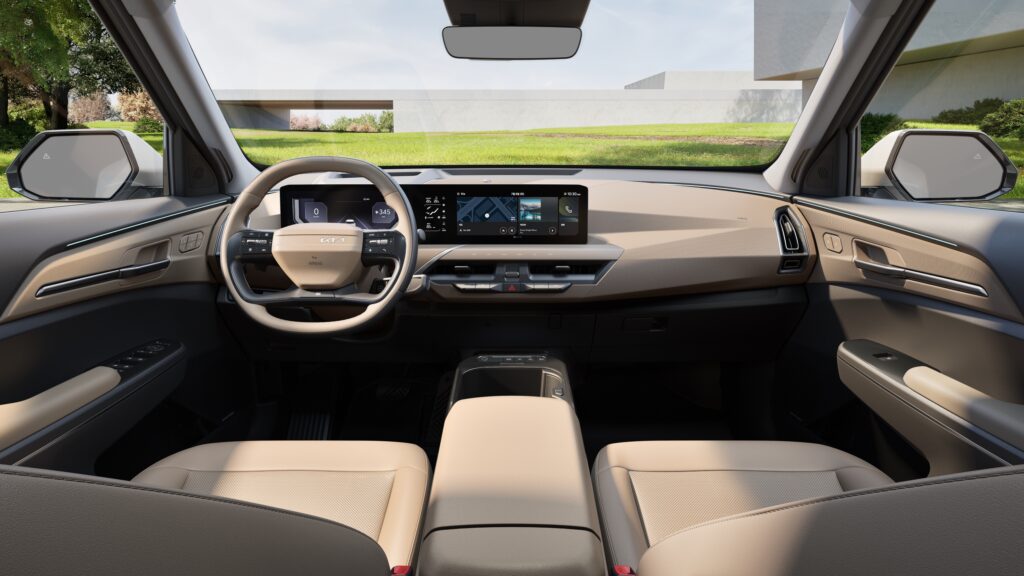
Safety Concerns Mount After EV Fire Incidents Linked to CATL
The decision comes at a sensitive time. CATL batteries have been linked to several recent EV fire incidents in Korea, which has raised alarms about battery safety standards. While no official recall has been announced, these incidents have drawn public attention and are influencing consumer perception.
Industry analysts warn that continuing to rely on Chinese battery suppliers with known safety issues—especially in the context of high-profile EV fires—could erode consumer trust and ultimately harm sales performance in the Korean market. “Consumers are increasingly prioritizing safety and reliability in their EV choices,” one analyst said. “A battery brand associated with fire risks can heavily influence buyer behavior.”
Korean Battery Makers Lose Ground, Plan LFP Comeback
Meanwhile, Korean battery manufacturers are losing market share in their own backyard. Traditionally dominant in supplying high-performance ternary batteries to domestic automakers, LG Energy Solution, Samsung SDI, and SK On are now feeling the pressure from cost-effective Chinese rivals like CATL.
In response, Korean firms are pivoting toward LFP technology, a segment historically dominated by Chinese producers. LG is now working with General Motors to produce affordable LFP EV batteries, Samsung SDI is expanding ESS-focused LFP production, and SK On recently signed an MOU with L&F to source LFP cathode materials.
Consumer Trust May Determine EV5’s Success
As Kia prepares to launch the EV5 in Korea this September, the automaker must now manage not only price and performance expectations—but also consumer trust in battery safety. While CATL’s NCM battery may offer cost and efficiency benefits, the recent fire-related stigma could turn away cautious buyers, particularly in a domestic market known for its demanding safety standards.
In an increasingly competitive EV landscape, Kia’s decision to prioritize cost-effective Chinese battery tech over proven domestic alternatives may save money in the short term, but could cost the company consumer confidence—and ultimately sales—if safety concerns continue to escalate.

